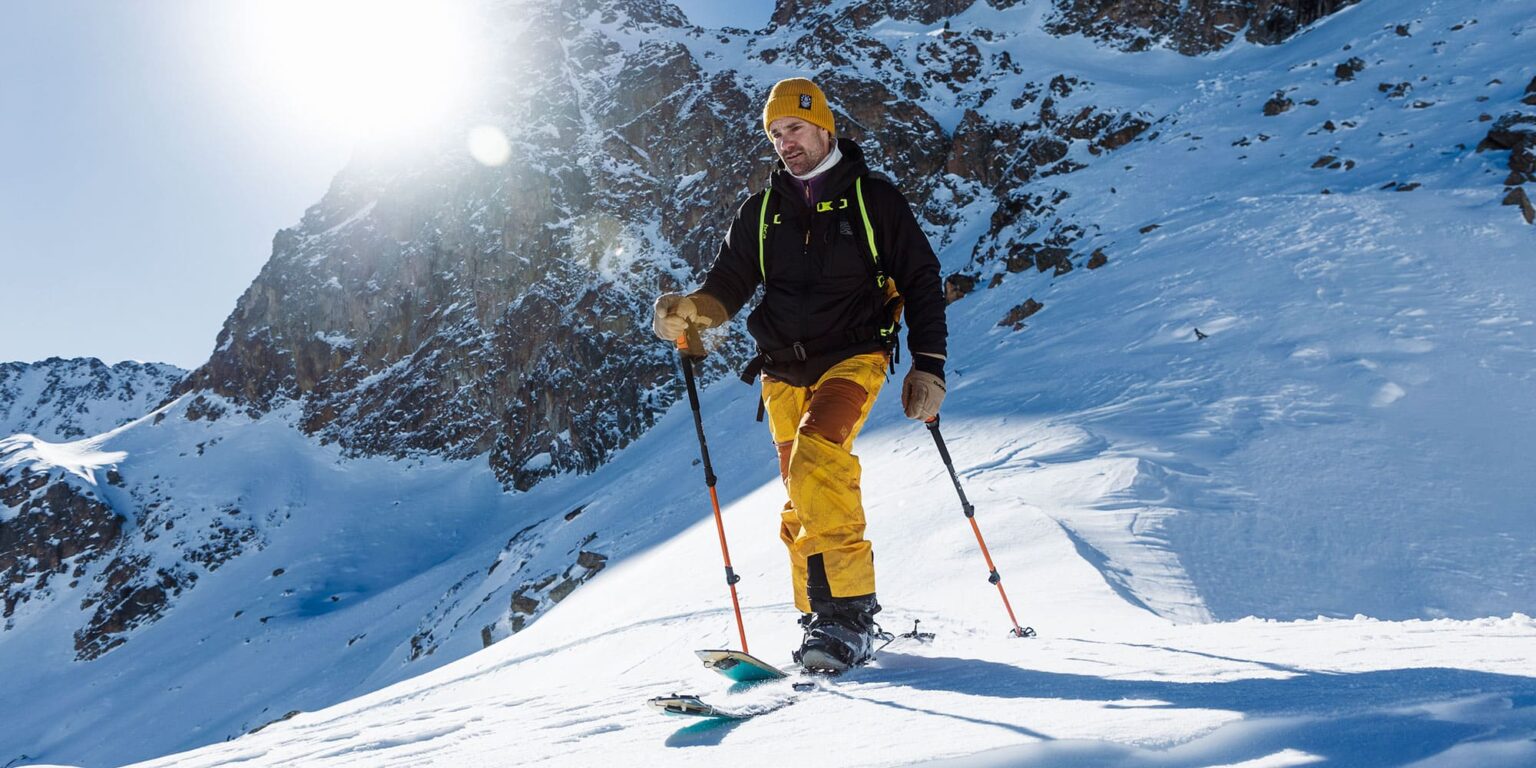Born of a desire to push back the limits of snowboarding, splitboarding is establishing itself as an alternative to ski lifts for lovers of powder and adventure. Yet splitboarding is still a niche sport, practised by a minority of snowboarders. So what is splitboarding, and why is it attracting a growing number of enthusiasts?
Originally, snowboarders wishing to leave the ski areas to explore the mountains had to use snowshoes. This was an effective solution, but a restrictive one, as the snowshoes had to be packed into a rucksack before the descent.
READ MORE: How do you choose your skis? Our guide to winter 2025
The splitboard has revolutionised this approach. This two-part snowboard transforms into touring skis for the ascent, before reassembling into a single board for the descent. The concept emerged in the early 1990s, but it wasn't until the late 2010s that the discipline gained in popularity. Even Burton, a key player in the snowboard industry, didn't include splitboards in its catalogue until 1999.
The splitboard boom: between outdoor trend and pandemic
The real turning point came with the trilogy of films by Jeremy Jones (Deeper, Further, Higher). This documentary series highlighted a more committed approach to snowboarding, focusing on freeride and exploration. It sent out a strong signal to an entire community, who were discovering a new way of looking at snowboarding in the high mountains.
In the 2010s, splitboarding is riding a wave of popularity. The development of the Patagonia and Arcteryx brands, the rise of fitness sports and the growing popularity of freeride have all contributed to the emergence of a sport focused on nature and exploration.
The pandemic of 2020 marked a decisive turning point. Deprived of ski lifts and long-distance travel, many snowboarders turned to touring. As a result, the number of splitboard sales exploded, rising from 18,000 per season before the crisis to almost 30,000 by 2021. Today, the trend has stabilised at around 5,000 sales a year, but the discipline has found its audience.
Equipment that is still costly but is evolving rapidly
Splitboarding may be popular, but it's still a demanding discipline, particularly when it comes to money. The complete package (board, bindings, skins, poles) costs around 2,000 euros, or 30 % more than ski touring. Even hire remains expensive, with prices between 50 and 70 euros per day.
Despite this, splitboarding attracts a varied audience: young athletes ready to invest, seasoned snowboarders who refuse to switch to ski touring, and skiers looking for new sensations. Its development is also based on significant technical developments, such as the arrival of hardboots (rigid boots), which offer greater comfort and precision.
Arthur Guinand, a specialist at Pomoca, believes that splitboarding is still a relatively new technology. "geek sportBut there are still adjustments to be made to make it more accessible. Like ski touring 15 years ago, the discipline could be gradually democratised, driven by the craze for off-piste and outdoor sports.
A new lease of life for a discipline that is still finding its feet
For a long time, snowboarders had to take up skiing in order to practice touring, but the dynamic seems to be reversing. More and more skiers are trying their hand at splitboarding, attracted by a smoother glide and a better powder experience.
For enthusiasts, the evolution is underway. Splitboarding, which was still on the fringes of snowboarding culture, is now becoming firmly entrenched. With the rise of sustainable tourism and the desire to move away from infrastructure, splitboarding could well be the future of freeride snowboarding.

